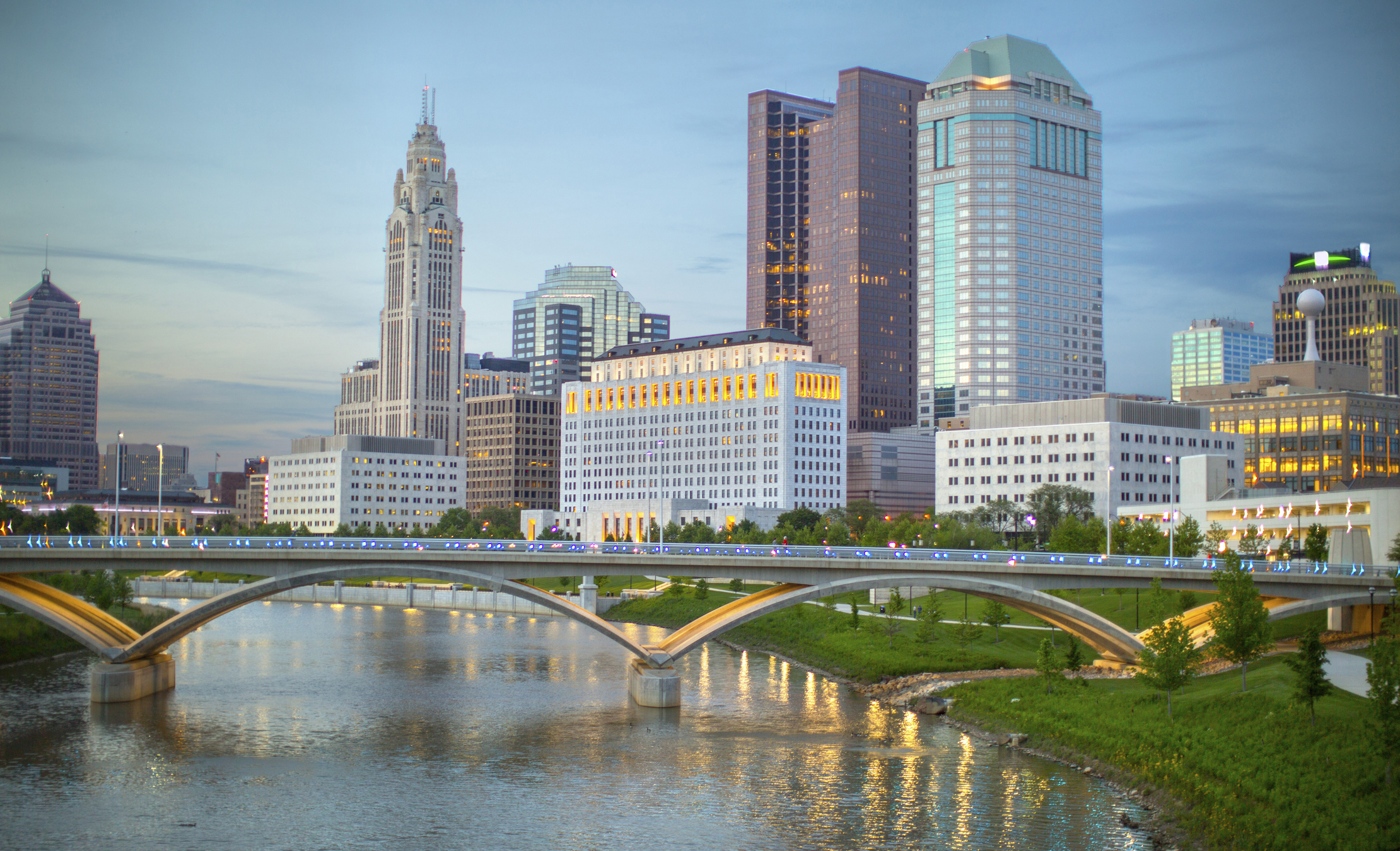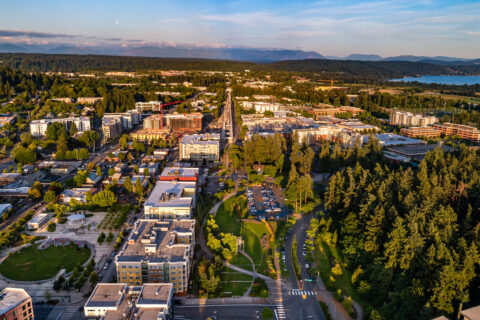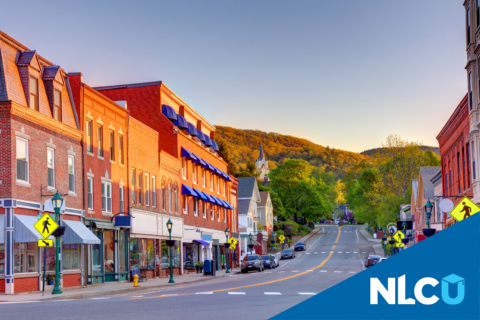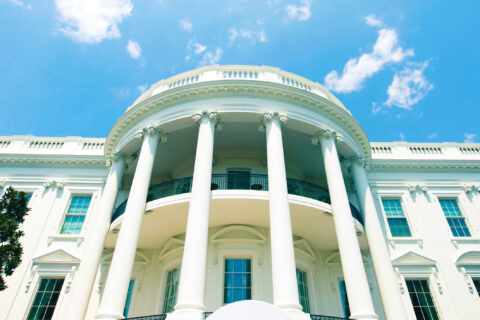Authored by Prince Ohilebo Garuba, Executive Director, Ohio Association of Goodwill Industries, Columbus, Ohio
AI and the future of work mark a new era where talent has become the critical infrastructure. Just as cities once built highways, ports and power grids to fuel growth, today they must invest in people with the same urgency and scale. The cities that treat workforce development as core infrastructure, not as an afterthought, will be the ones that thrive in a rapidly shifting economy. In this new environment, talent pipelines are every bit as essential as roads and bridges, and they will determine which communities lead in innovation, competitiveness and shared prosperity.
Learning from History: Highways as a Blueprint
From the 1950s into the 1960s, the United States invested heavily in interstate highways to drive economic activity and growth. In 1956, the Federal-Aid Highway Act was signed by President Dwight D. Eisenhower. While framed partly as a national defense measure, it was equally an investment in commerce and modernizing the economy.
The impact was transformational. Businesses followed the roads: warehouses, factories and logistics hubs sprang up near interstates. Those connections generated economic advantages that lasted for decades. According to the Federal Highway Administration (as summarized by the Richmond Fed), about one-quarter of U.S. productivity growth from 1950–1989 is attributable to increased highway investment. Cities with major interstates prospered, while those bypassed often stagnated.
Today, the same can be said for workforce development. Just as highways once determined which cities would thrive, talent pipelines now decide which communities will compete and succeed in the future economy.
The Future of Work: AI as a Catalyst
More than ever, the conversation about the future of work has intensified. AI is being adopted more quickly than almost any technology in recent history, and we are already seeing many entry-level positions fade as well as some middle-management roles begin to change or disappear. Without action, this disruption could displace millions of workers, increasing long-term unemployment and poverty.
Globally, automation and AI are projected to displace 85 million jobs by 2025, while creating 97 million new roles in their place (World Economic Forum). The challenge for cities is not whether jobs will change, but whether they will have the workforce ready to fill the new ones. The communities that prepare residents today, through programs stretching from high school to college to postgraduate training, will have a skilled workforce positioned to capture tomorrow’s opportunities.
Talent Pipelines as Economic Development Strategy
Companies no longer select cities based on tax breaks alone. Increasingly, they locate where they can find the skilled workers they need. Workforce readiness has become the deciding factor in economic development.
Workforce investments also pay off. The U.S. Economic Development Administration reported that its $1.3 billion investment in workforce development projects in FY 2022 created or saved roughly 250,000 jobs and generated $3.6 billion in private investment. For local leaders, the workforce is not a programmatic issue, it is the modern equivalent of highways, the core infrastructure that attracts business investment and drives prosperity.
Neighborhood Equity = Citywide Competitiveness
The need to build talent infrastructure is also about equity. National numbers hide local disparities: residents in low-income, urban and rural communities often face higher barriers to training and employment. Without access to affordable childcare, reliable transportation and reskilling opportunities, entire communities risk being left off the talent map.
Cities that expand access to workforce opportunities for underserved neighborhoods not only reduce inequality but also strengthen their entire economy. A broader talent base makes the city more attractive to employers and more resilient in the face of disruption.
Building Talent Infrastructure Through Partnerships
No city can do this alone. Building workforce infrastructure requires cross-sector collaboration among city leaders, employers, workforce boards, nonprofits and educational institutions. These partnerships allow communities to braid resources, scale impact, and align training programs with the industries driving local growth.
National surveys back this up: 77 percent of employers report difficulty filling roles, the highest in 17 years. For mayors and city councils, this means the competition is not just about attracting companies, but about proving their city has the skilled workforce to sustain them.
A Look into the Future
Just as the Federal-Aid Highway Act reshaped America’s economic map, today’s leaders face a similar decision. Will they invest in talent as infrastructure, or risk being bypassed in the future economy?
Cities that act boldly, framing workforce development as essential infrastructure will build the pipelines of talent needed to capture new industries, attract employers and expand opportunity for all residents. Those that do not may find themselves, like towns left off the interstate grid, struggling to catch up for decades.










